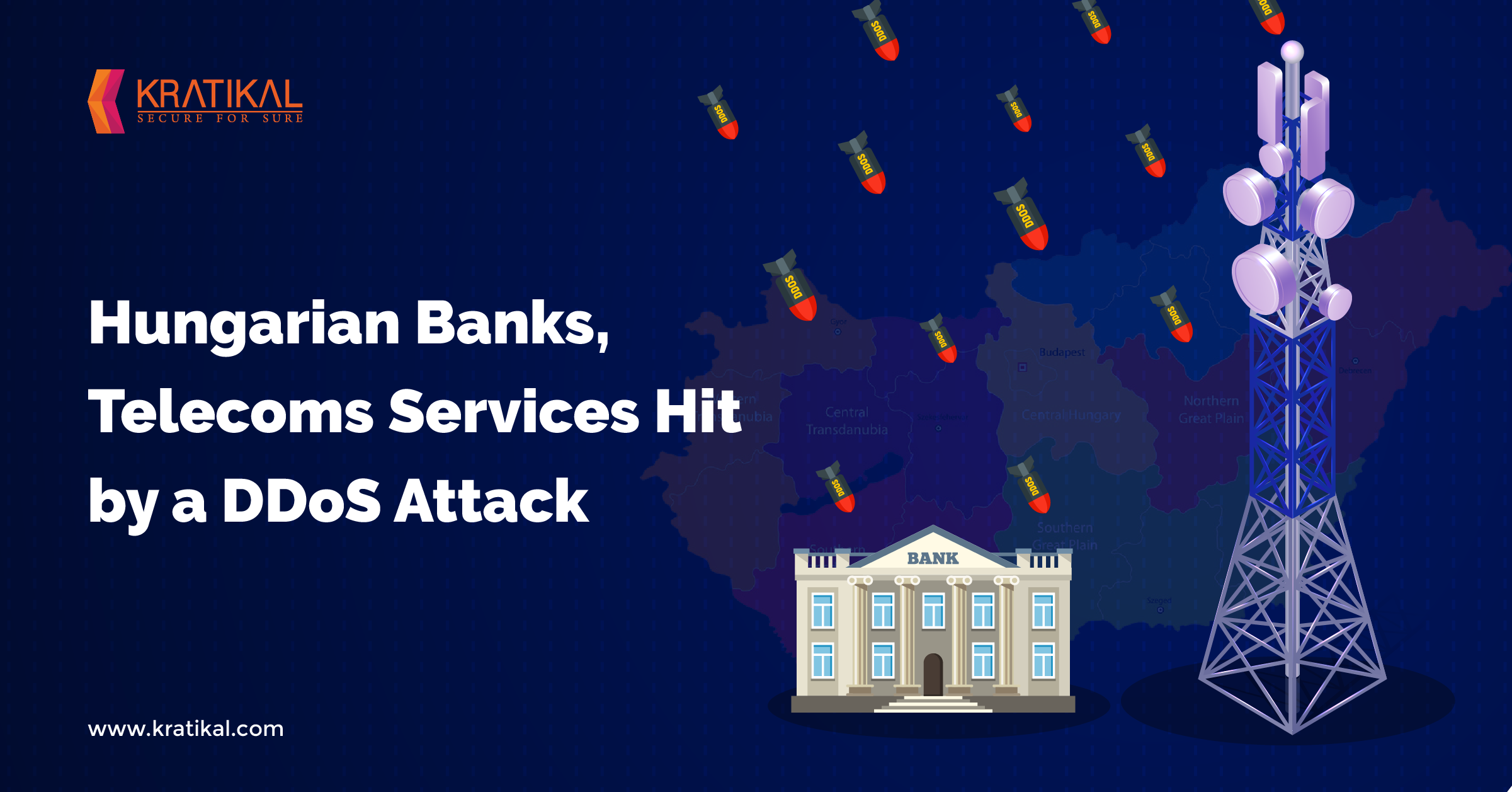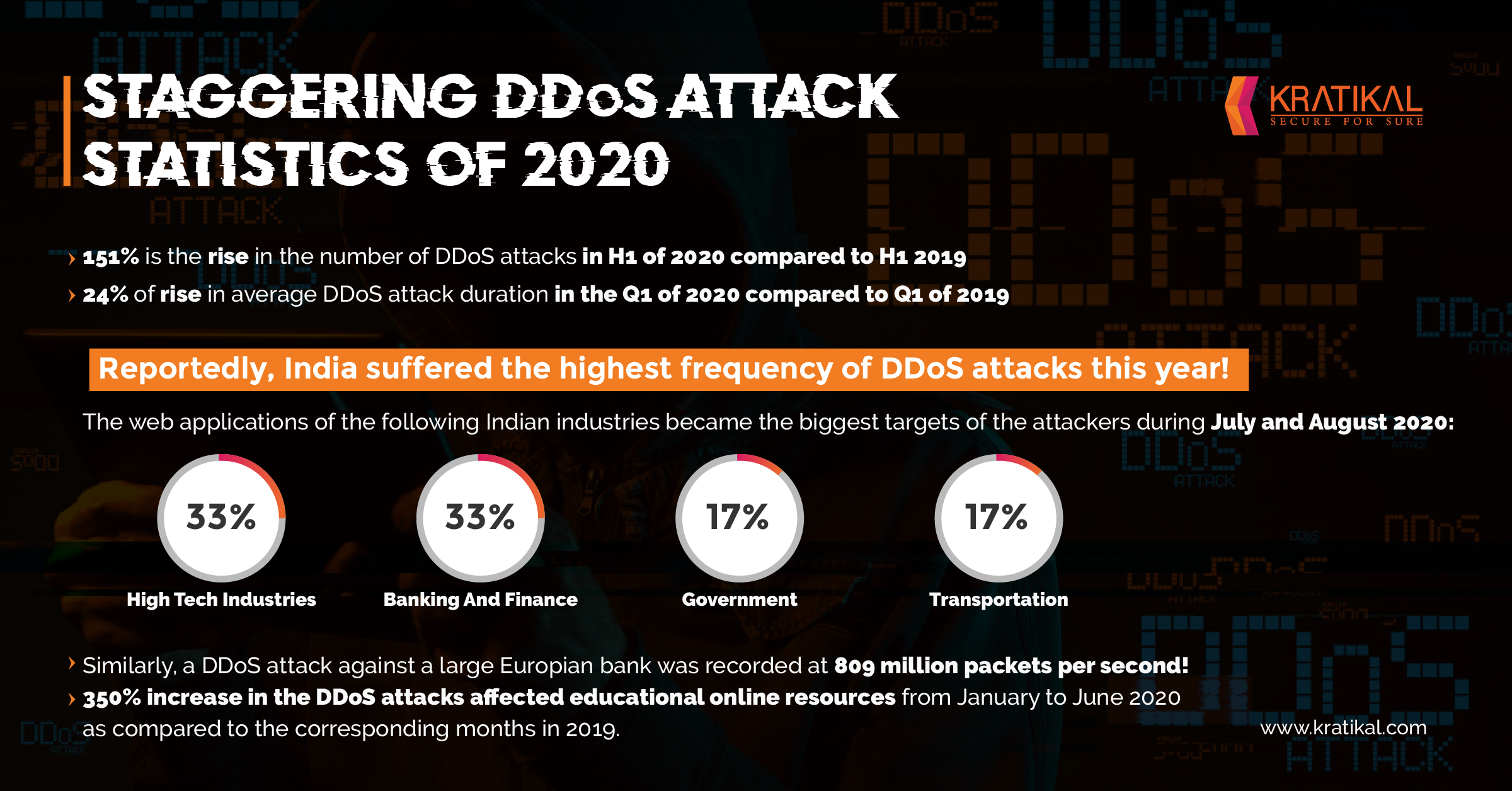

Hungarian financial institutions and telecoms infrastructure suffered a cyber attack on Thursday, last week. According to Magyar Telekom, the attack was launched from computer servers in Russia, China, and Vietnam.
Reportedly, it was a Distributed Denial of Service (DDoS) attack in which hackers attempt to make websites or computers unavailable for some time. They flood or crash the website with high volumes of traffic to paralyze it.
Magyar Telekom revealed that it was the most powerful and one of the biggest cyber attacks Hungary has ever encountered. Reuters agency reported that the volume of data traffic was 10 times higher in the attack than the amount usually seen in DDoS attacks.
The cyber attack was launched in several waves and disrupted the services of some Hungarian banks. It caused lapses in the services of Magyar Telekom in certain areas of the capital, Budapest, before being repelled.
The Hungarian bank, OTP Bank, on the other hand, confirmed being affected by the cyber attack. The OTP Bank OTPB.BU said, “There was a DDoS attack on telecom systems, serving some of the banking services on Thursday.”
“We repelled the attempt together with Telekom that was also affected and the short disruption in some of our services ended by Thursday afternoon.” (Source: Security Affairs)
Table of Content
The Massive Rise of DDoS Attacks in 2020
Various security experts, worldwide, have raised growing concerns regarding increasing DDoS attacks. There have been significant changes in the patterns of this attack. Today, the Distributed Denial of Service attack has become more sophisticated and voluminous.
Currently, large DDoS attacks are being launched in greater numbers than in previous years. There has been an evident increase in large attacks across many industries, globally. In February 2020, the 2.3 Tb per second attack targeted Amazon Web Services (AWS) which was 44% larger than any previously detected DDoS attack by AWS.
Here are some more shocking statistics on DDoS attacks in 2020:

How to Secure Organizations Against DDoS Attacks?
Various organizations are running businesses remotely using the internet as their prime resource. Therefore, it is essential for them to protect their IT infrastructure.
CISO and other IT decision-makers in the organization must implement certain security protocols to mitigate the risk of such ever-evolving cyber attacks. They must keep the security of data on priority.
To do so, here are some ‘must follow’ cyber security that can reduce the risk of DDoS attacks:
- Train employees with security awareness training to make them understand cyber threats and how to combat them.
- Get regular vulnerability assessment and penetration testing for your IT infra to check for exploitable security loopholes.
- Configure firewalls and routers primarily to reject bogus traffic and to prevent DNS and ping-based volumetric attacks.
- Make sure to update all operating systems and software with the latest security patches.
- Watch out for warning signs like network slowdown, spotty connectivity, or irregular website shutdowns.
- Distribute your servers in different data centers while making sure that these data centers are located on different networks, having diverse paths.
- Monitor the network traffic 24/7 and specifically SaaS traffic for peaks that can imply DDoS attacks.
If you are using IoT devices, make sure that your devices are secure with maximum protection. Moreover, with day-to-day evolution in technology, ensure to keep systems and devices secure with strong and complex passwords.
Conclusion
Today, cybercriminals have become more ruthless due to the work-from-home culture. They have not only advanced their techniques of deploying cyber attacks but have constantly exploited the remote working culture since the occurrence of the pandemic.
To stay secure, organizations must start implementing possible cybersecurity solutions and practices to create a cyber-resilient work environment for their employees working remotely. IT administrators must encourage employees to use a VPN for a secure network.
While security systems and protocols work on keeping cyber threats at bay, organizations must help their employees too. As a fact, employees are the weakest link in the cyber security chain. Therefore, they should be provided with the best in class security awareness to turn them into the strongest line of defense.
Thank you for giving your time to read this blog. Feel free to give your input in the comment section below.


Thanks for sharing such an interesting blog.
keep continuing.